A Wood Frame Country Church Survivor in East New York
In 1821, the good folk of New Lots decided they needed their own community church. This was not a town of wealthy merchants; these were farmers, without a lot of money.

Photo by Susan De Vries
Editor’s note: This story is an update of one that ran in 2015. Read the original here.
In addition to homes and taverns, the most important building in our early Brooklyn communities was a church. Churches functioned not only as places of worship, but as town meeting halls and places of refuge during disaster or trouble. The Dutch Reformed Church was the most prolific church in Brooklyn in the early days, but a strong and hard-won freedom of religion led to the building of churches and temples in other denominations and faiths. Almost all of these early buildings were wood framed structures, some small, but others capable of holding a sizable congregation. You can count on both hands the number of these wood framed churches that have survived to this day.
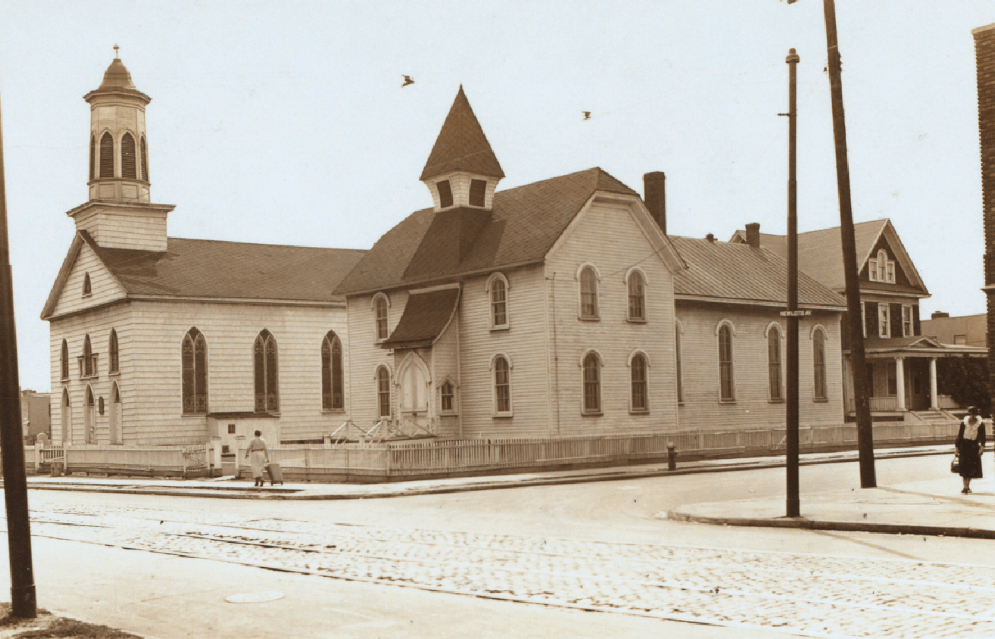
Most of them are gone because the congregation outgrew them, and built larger stone and masonry buildings to replace them. Some of the survivors lasted hundreds of years, but have been lost in the 20th century to development, especially when demographics and congregations change and leave the area. A select few have survived the years and have been landmarked, protecting them from being torn down, but not necessarily preserving them, if the congregation or community does not have the funds to keep them in good shape.
The New Lots Reformed Reformed Church at 630 New Lots Avenue dates from the early 1820s. At that time, New Lots was a small community surrounded by farms. It was part of Flatbush, and got its name from being the location of the new lots of land available for settlement. In 1821, the good folk of New Lots decided they needed their own community church. This was not a town of wealthy merchants; these were farmers, without a lot of money.
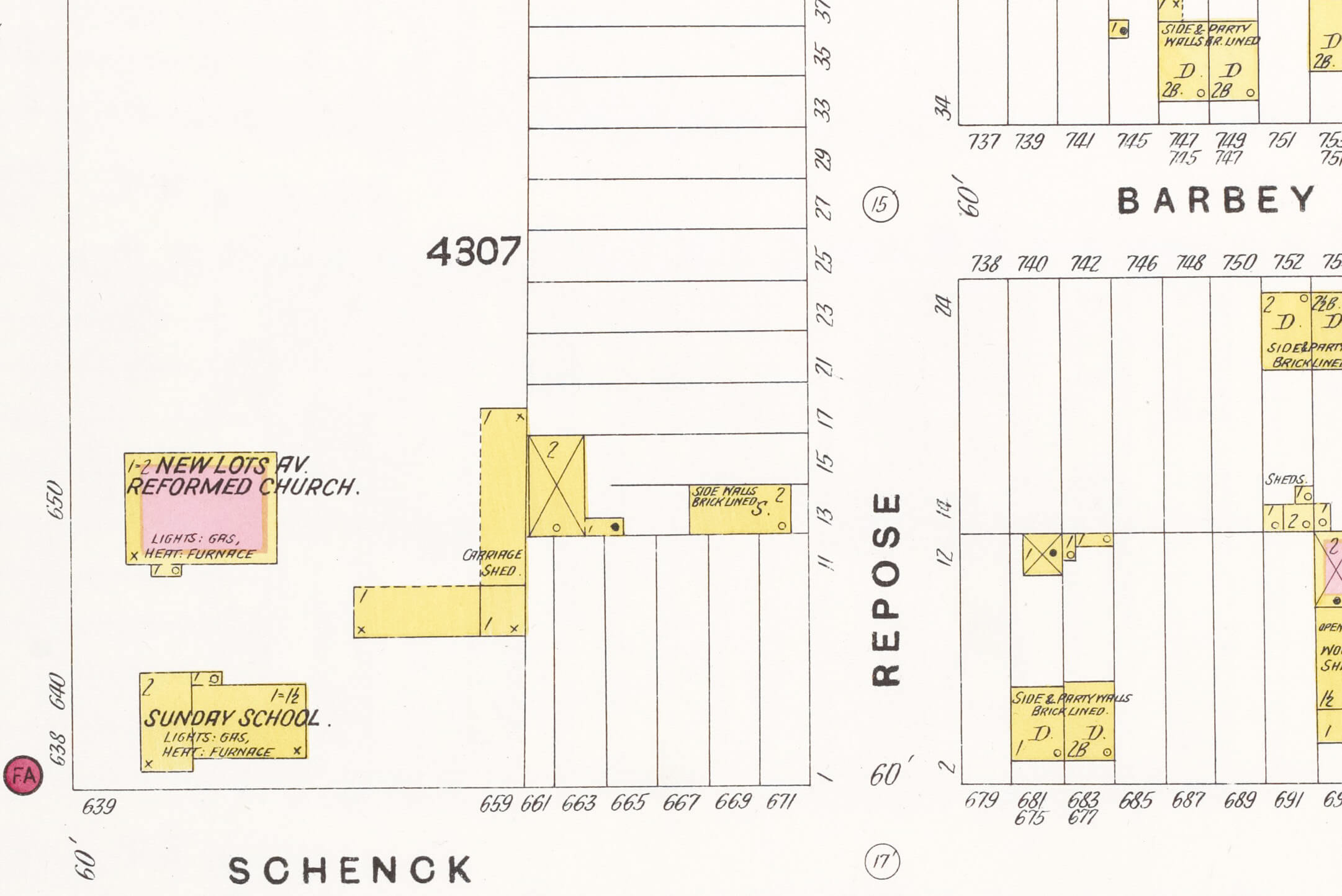
But God had provided, in the form of a hurricane, which knocked down a great number of oak trees. The frugal Dutch weren’t going to look a gift horse in the mouth; they harvested the trees, allowed it to season for almost two years, and then cut the lumber into boards in preparation to build a new church.
The local landowners, Abraham and Cornelia Van Siclen, donated a quarter acre of land on the corner of New Lots Road, (now Avenue) and Schenck Avenue for the church. In May of 1823, people from near and far came to build the new church in a massive building bee. These volunteers worked tirelessly to build the church building, which was put up by their efforts alone, and is reported to have cost only $35.00. The building is still used as a church today.
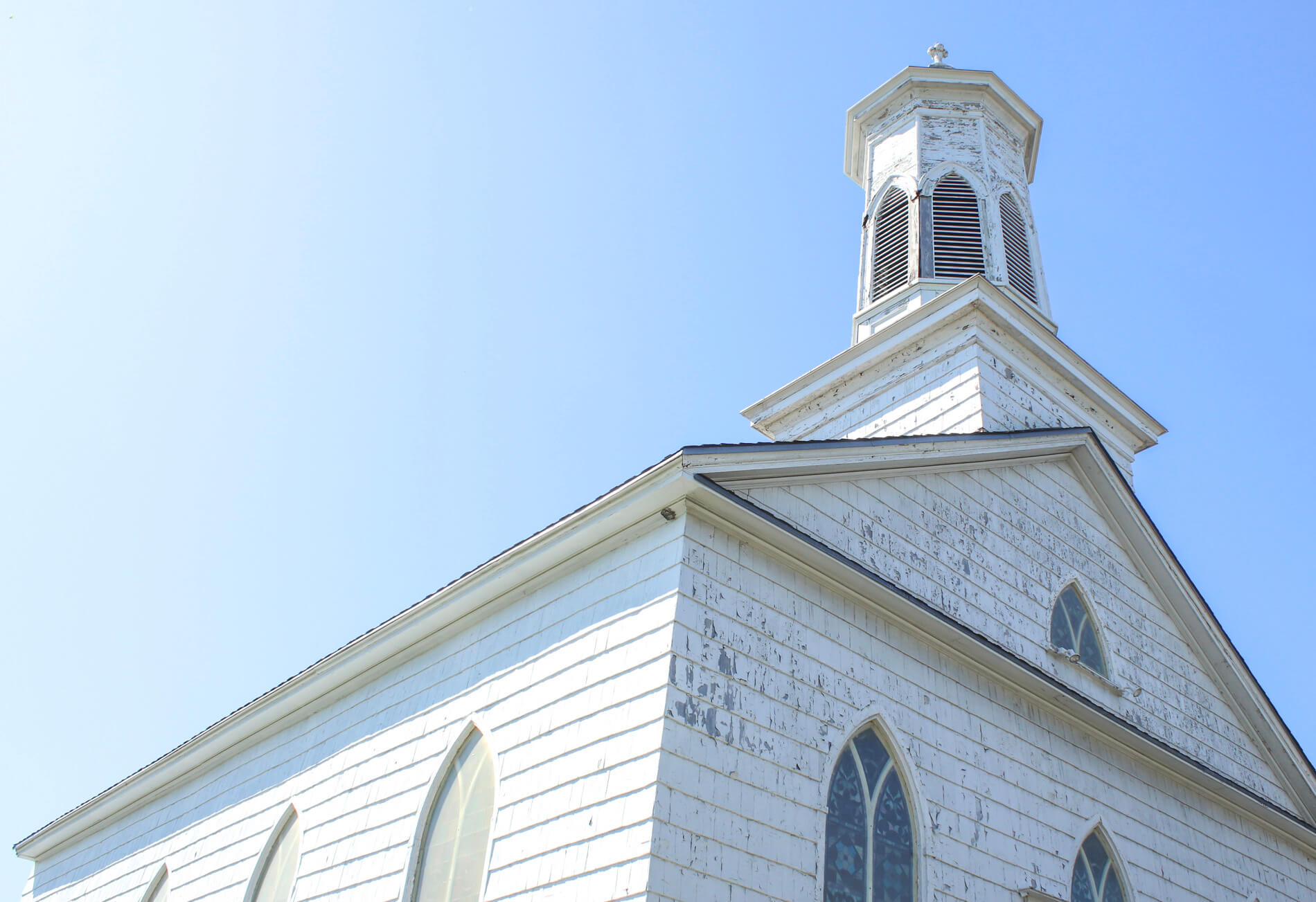
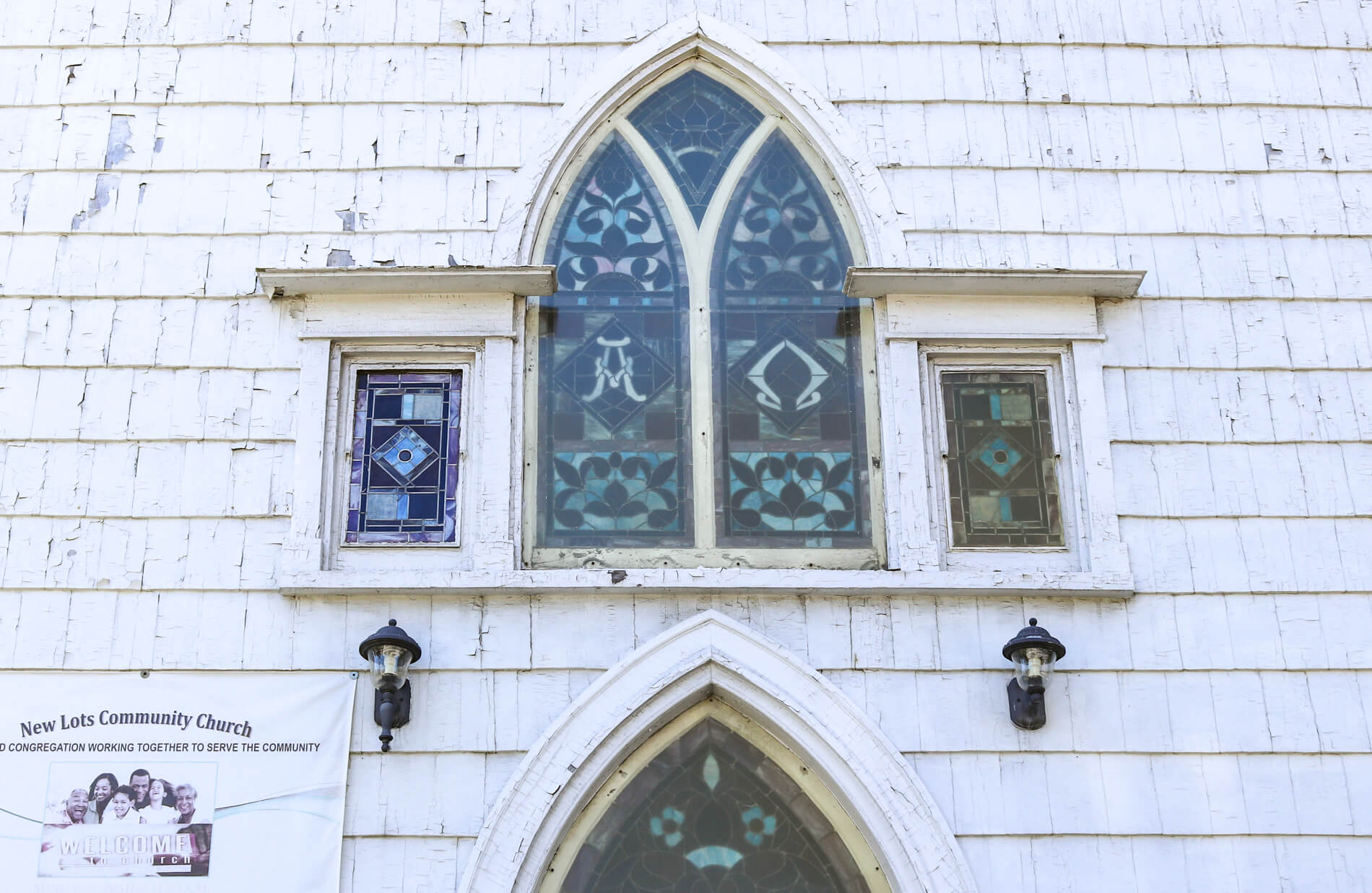
The volunteers built a singular and impressive building. It’s architecturally unique to New York, a vernacular example of Federal style, with a hint of the Gothic Revival in the four pointed arched windows on each side of the building. Also quite unique is the belfry, built on a square base, with an octagonal belfry capped by a cupola. The entire building is built with notched and joined timber, using wooden pegs to secure the wood, not nails. That craftsmanship has lasted in its original form for almost two hundred years.
Over the years, the clear glass on the windows was replaced by stained glass, and electricity, heat and plumbing were added. A community center and rectory was also constructed later in the 19th century. The only structural changes to the building occurred in 1990, when the building finally began to lean. A large truss beam cracked causing the building to be declared unusable until it was fixed. The congregation raised the money to fix the damage, and the church was back in use in 1991. They moved next door to their community center for services in the interim.
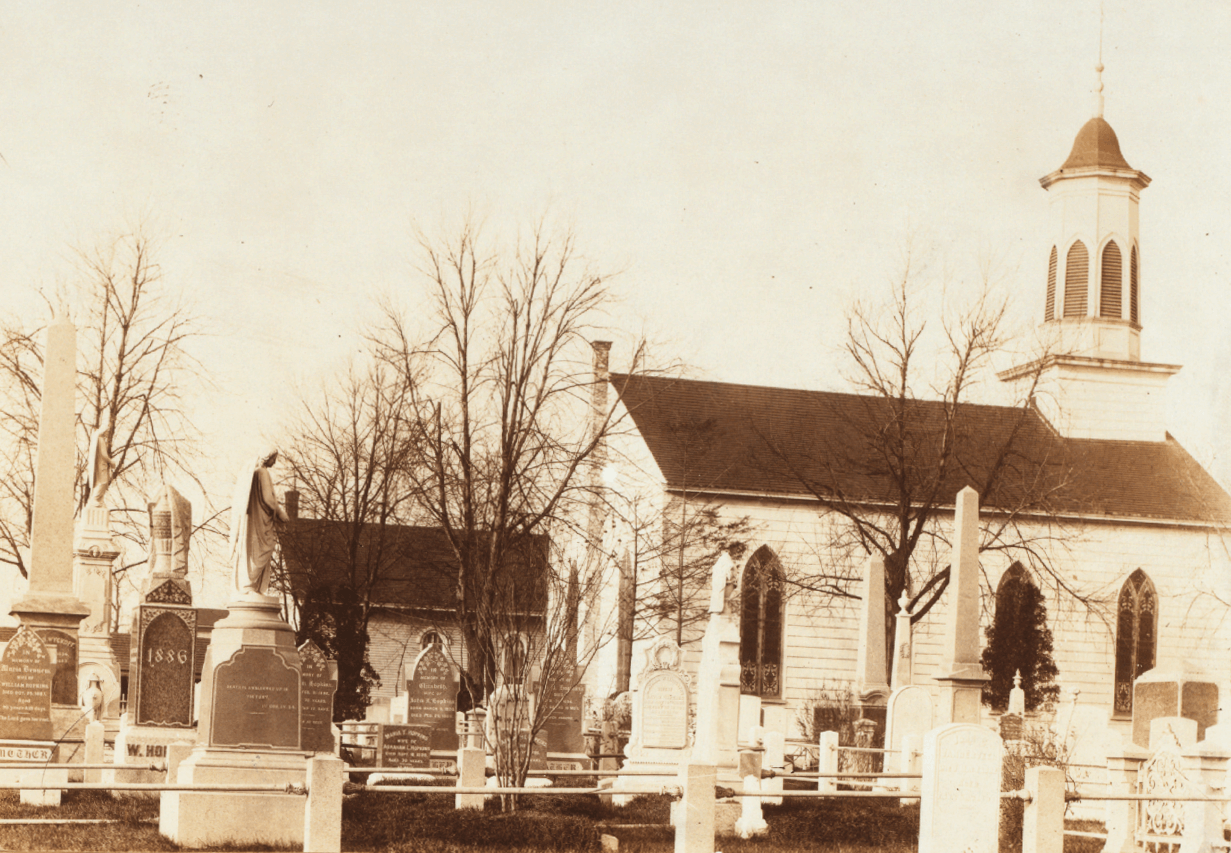
The New Lots Reformed Church, like most Brooklyn churches built prior to the 1840s, also had a cemetery. The cemetery is divided into two sections. The oldest part includes graves from the Revolutionary War dead and slaves. Members of the Van Siclen family are prominent in the center of the enclosure. Today, the church is now an African American congregation known as New Lots Community Church, a part of the African Methodist Episcopal Zion (AMEZ) denomination.
Because of its style, age and architectural uniqueness, the church was one of the first individual landmarks, designated within the first year of the LPC’s existence. The church and the cemetery were placed on the National Register of Historic Places in 1983. The cemetery is one of only a handful of private cemeteries left in the entire city.
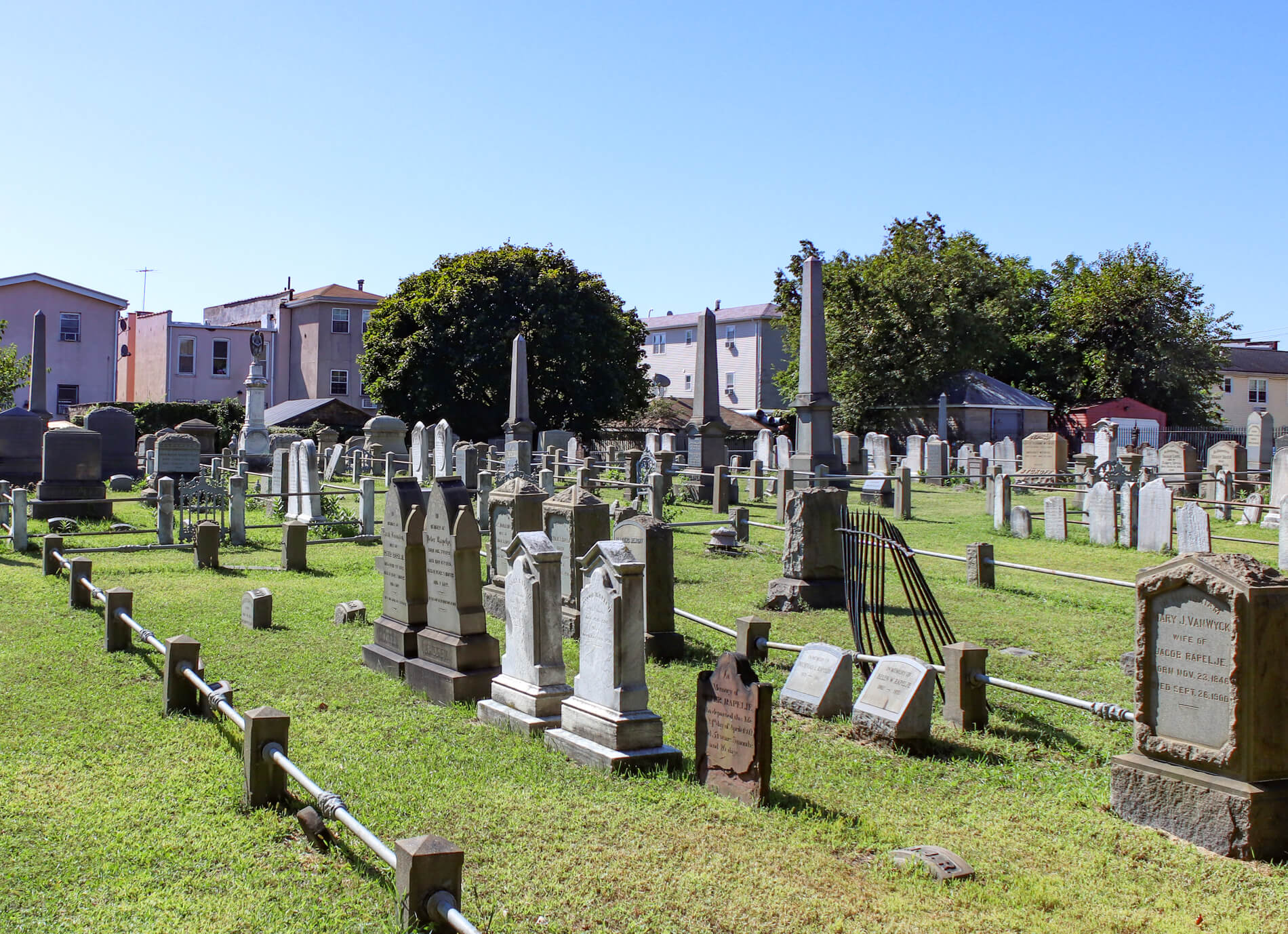
[Photos by Susan De Vries unless otherwise noted]
Related Stories
- A Romanesque Revival Landmark by Brooklyn’s School Architect in Cypress Hills
- An Old Bit of New Lots: The 1873 Town Hall
- Courting History in East New York
Email tips@brownstoner.com with further comments, questions or tips. Follow Brownstoner on Twitter and Instagram, and like us on Facebook.


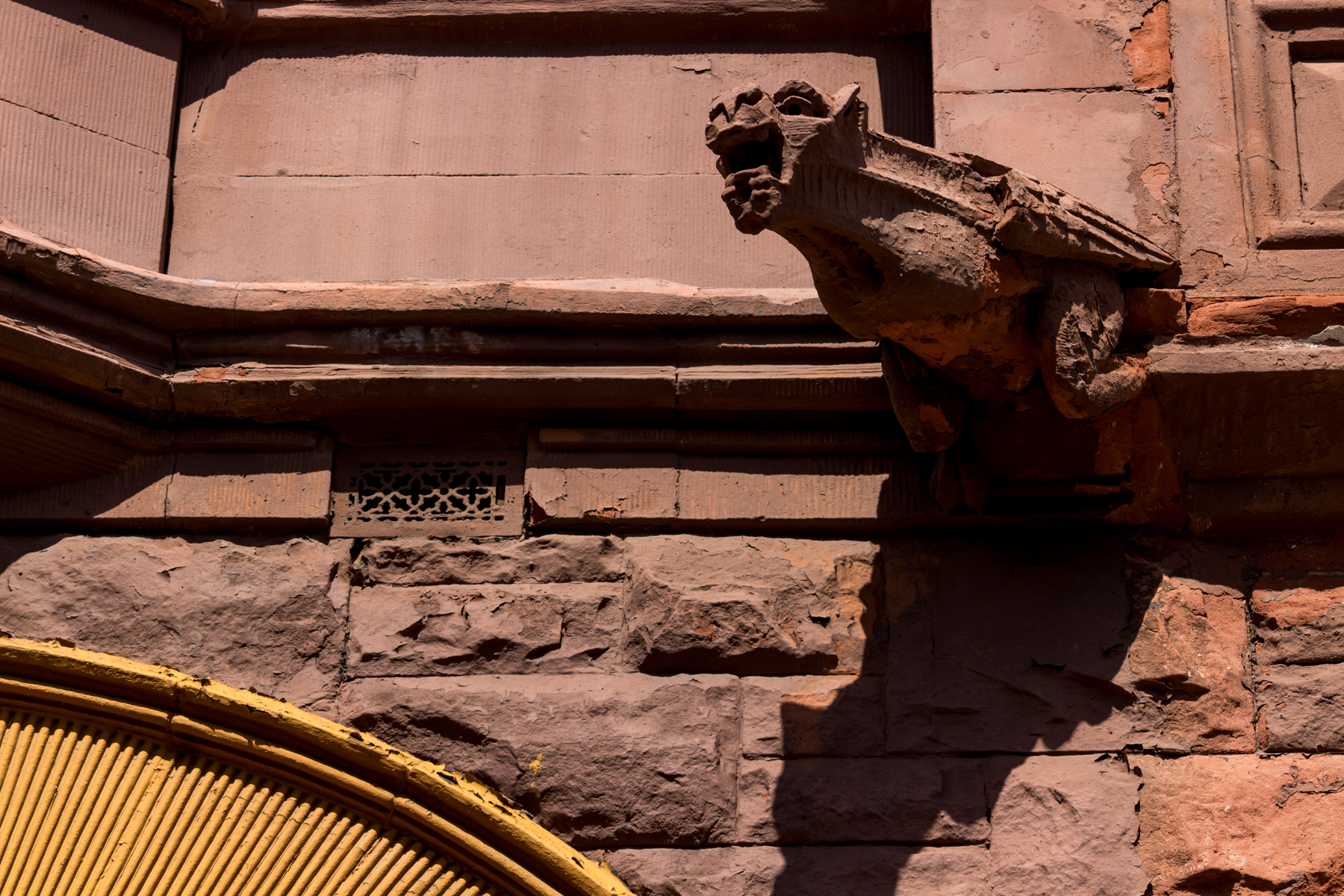
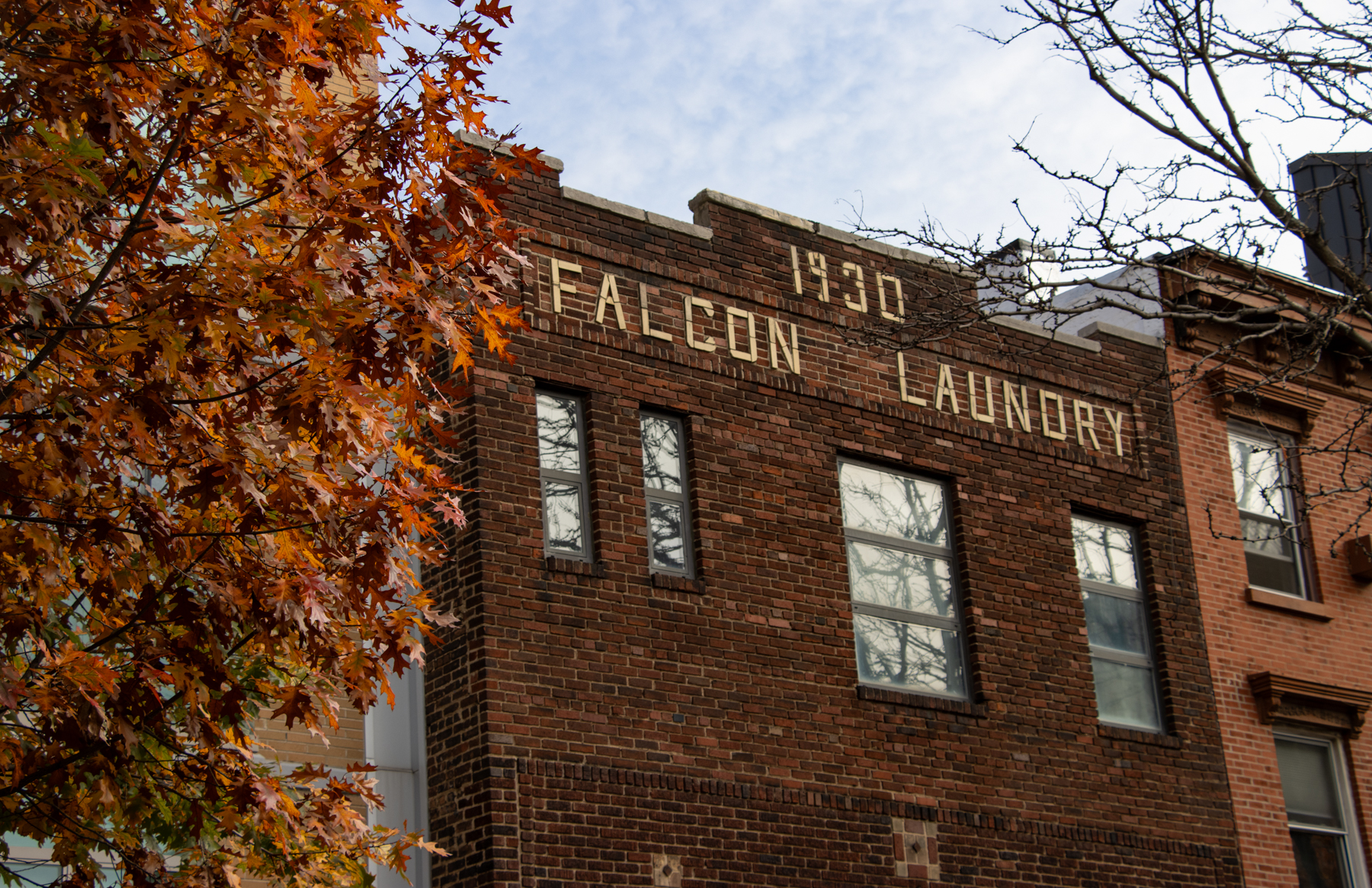





What's Your Take? Leave a Comment